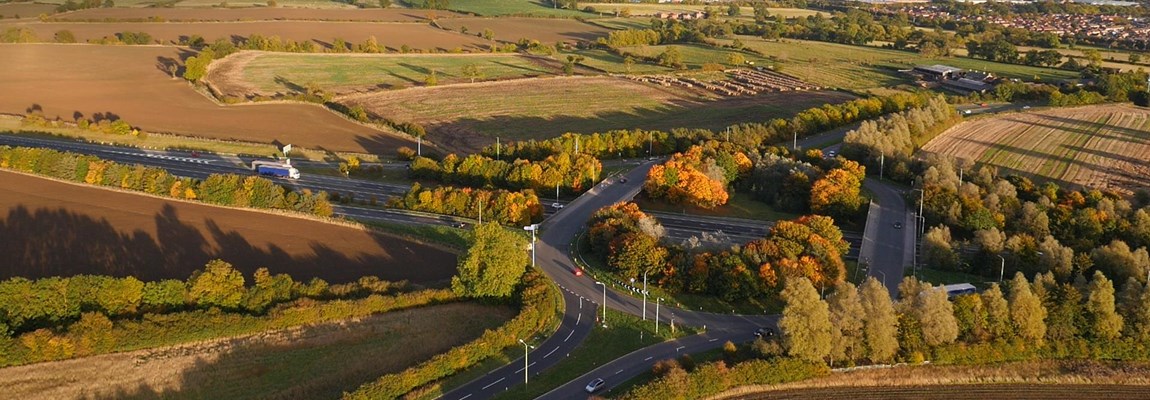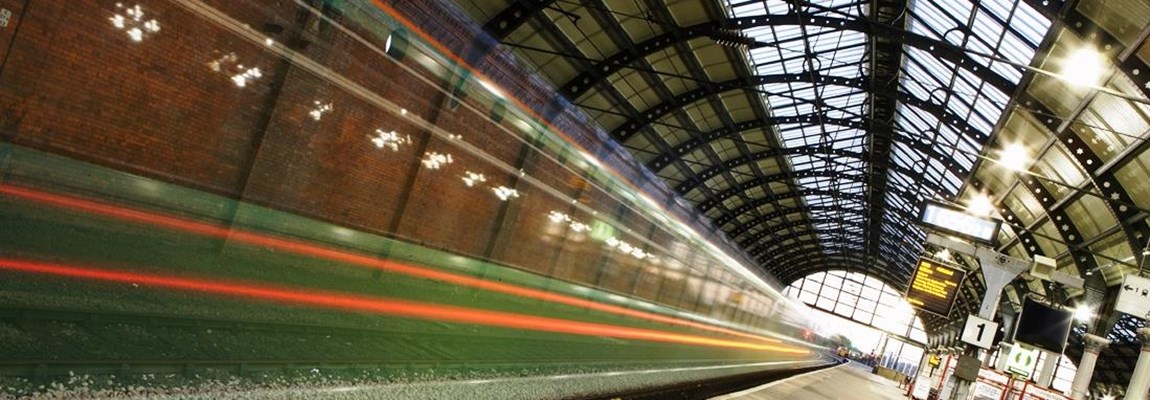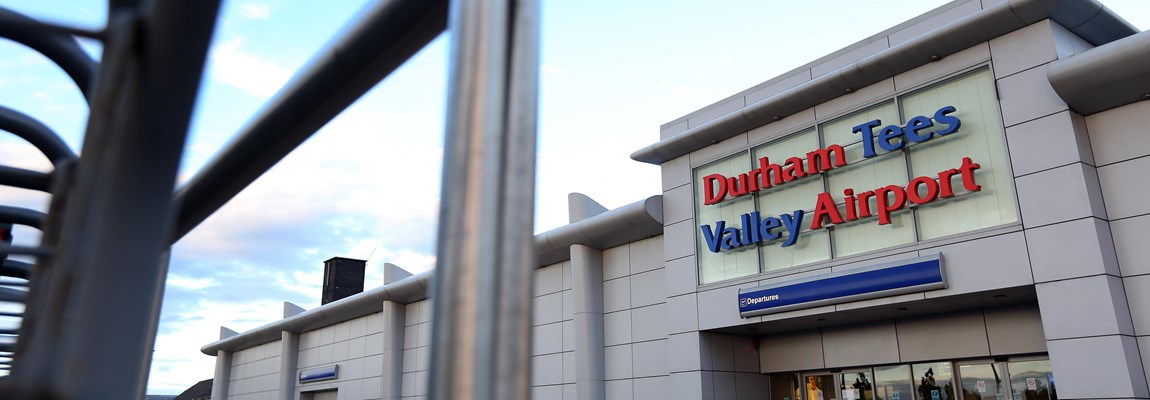Transport Connectivity
With a number of locally and nationally significant transport assets Darlington sits at the Western end of the Tees Valley with major highways such as the A1(M) and A66 providing fast communications within the area and to the rest of the country.
Proximity to markets: Darlington provides fast and direct north-south and east-west connections via the A1(M) and A66, as well as being served by an urban road network connecting it into the Tees Valley. This means that all parts of the UK can be reached within legal HGV drivers hours, ensuring that your ‘customers’ get what they want when they want it. The A66 cross Pennine route, running south of the Town Centre, provides a dual carriageway link to Middlesbrough and Teesport to the east, as well as the A19 north/south trunk road. This combination of stand-out road transport infrastructure provides direct access to markets or into intermodal transport chains.
2.5hrs
journey time by rail to London (twice an hour direct to Kings Cross)
4.5 hrs
journey time by road to London
"Darlington provides first rate transport links; rail, air and close proximity to national trunk road networks"
Discover More
Air: Durham Tees Valley Airport (DTVA) is the Tees Valley’s only airport and lies 6 miles from the centre of Darlington within close proximity to key employment and development sites. The airport connects Darlington to both the UK and Europe, through its regular flights to Amsterdam. As an integral part of the supply chain, DTVA provide cargo import and export services all over the globe. Newcastle International Airport and Leeds Bradford International Airport are both within 60 miles of Darlington and provide further commercial and air freight capacity.
Rail: Darlington’s railway station is part of the main East Coast Rail Network and provides rapid and regular connections southwards to London (twice an hour direct to Kings Cross taking less than 2.5 hours) and northwards to Edinburgh in a little over two hours. There are also direct connections to Leeds, Manchester and Birmingham through Transpennine Express, as well as regular east-west connections.
Darlington offers shorter journey times to London compared to Durham and Newcastle.
Rail Freight: Locating in Darlington will give your business good rail freight connectivity with Teesport, Scotland and with destinations to the south. The East Coast Main Line has the ability to take international standard containers, with trains hauled by electric locomotives thus reducing your business’ carbon footprint.
Ports: Darlington is well served with access to seaports:-
Teesport, one of the most significant sea ports in the UK lies 16 miles to the east of Darlington. A deepwater facility with lock free access to the North Sea, it is the UK’s third largest port (and top exporting port) with its freight, container and logistics links supplying products and access across the North. Handling over 40 million tonnes of cargo in 2014, Teesport is the only container port in the North of the UK that has direct access to an intermodal facility within its operations. Recent and planned investment into the port will continue to reduce overall operating costs and significantly improve supply chain efficiencies for its customers.
The Port of Tyne is 37 miles to the north of Darlington and operates scheduled feeder services operated by Unifeeder, BG Freight Line and Seago Line, connecting the Port of Tyne in South Shields to Felixstowe, Grangemouth, Rotterdam, Helsingborg, Bremerhaven and St Petersburg.





